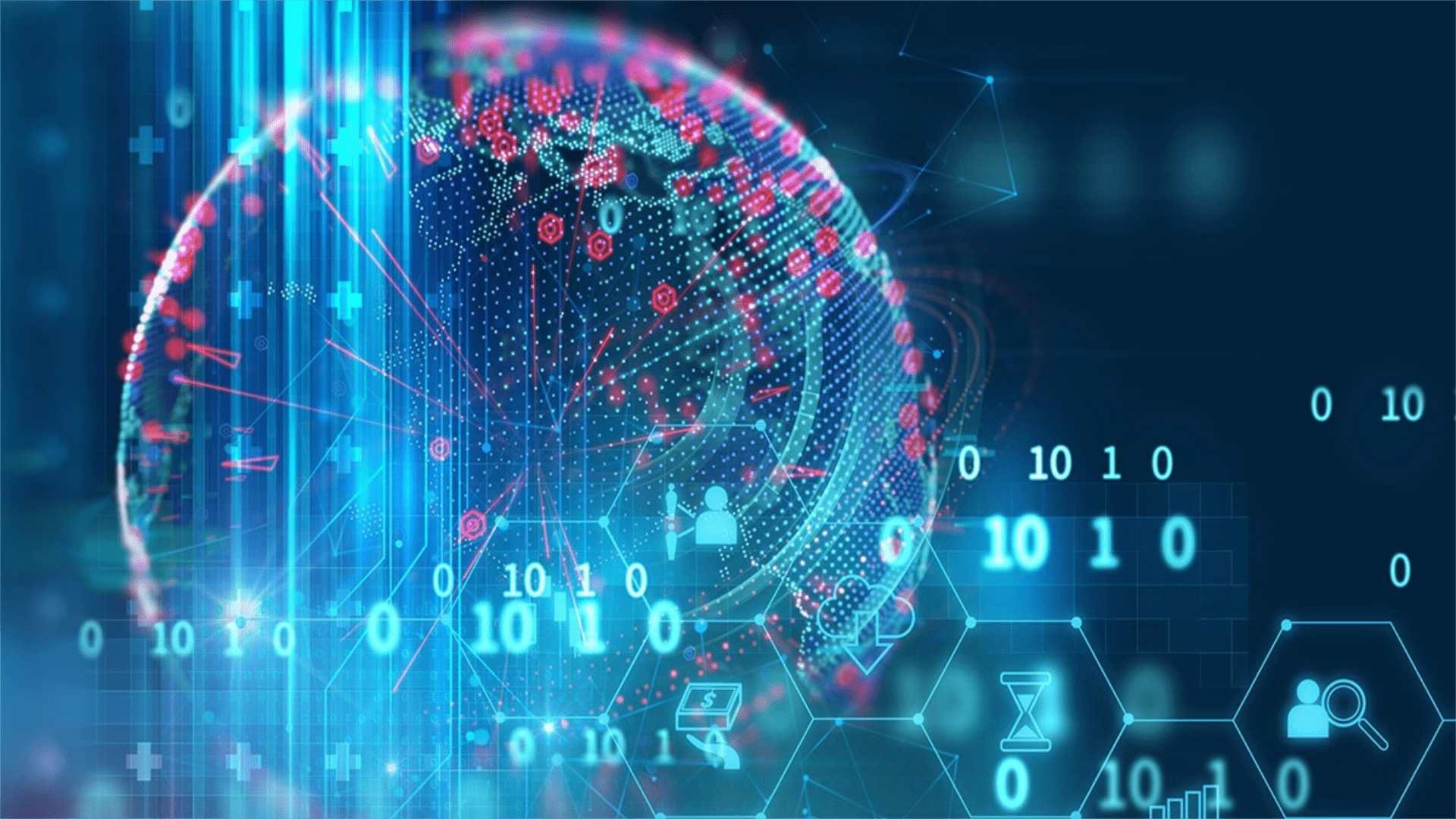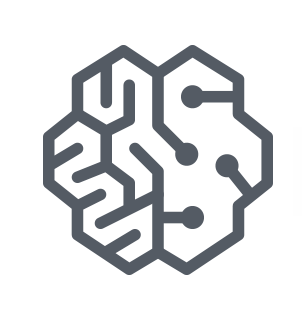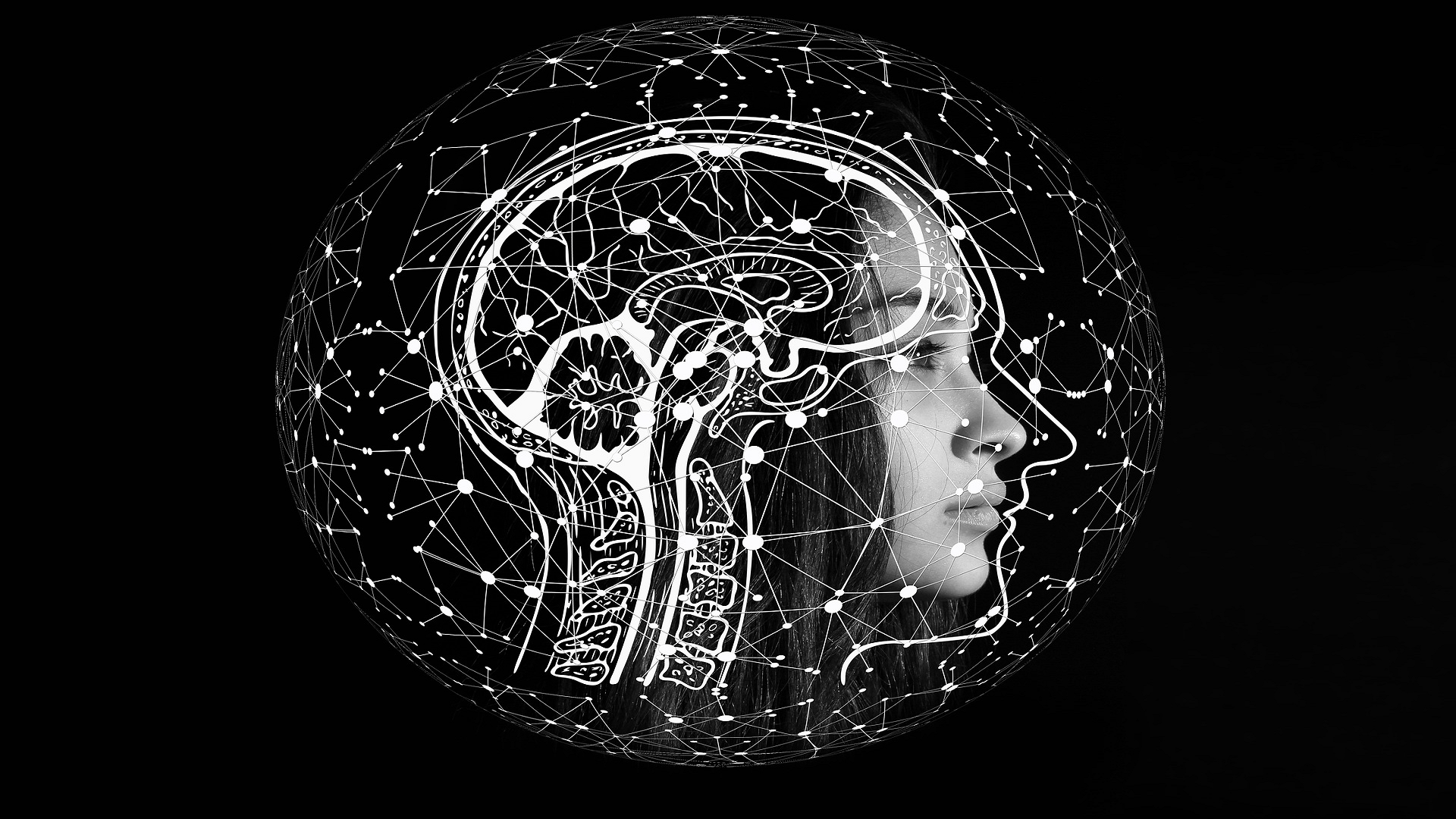What Is the Difference Between Predictive Analysis and Machine Learning?
Cognitive learning in computing is now more commonly used than ever. Typically, cognitive learning or cognitive computing means processes and technology platforms that cover the scientific disciplines of artificial intelligence (AI) and signal processing.AI is the latest trending factor of business growth and production, overtaking traditional levers such as capital investment and labor. It also has the potential to introduce new sources of growth, changing how work is done and reinforcing the role of people to drive growth in business. More and more fields are discovering uses for Artificial Intelligence (or AI) than were ever expected, thanks to its ability to process data, find patterns as well as learn and recognize behaviors at an incredible rate.The basic learning process of any AI, known as machine learning, represents the machine’s ability to crunch through data streams and identify patterns or logics. The process can be either assisted or unassisted, with the latter being the way forward in many cases. For more on machine learning, don’t miss our article, Machine Learning On AWS.A machine’s ability to learn is both different and similar to predictive analysis. When discussing assisted machine learning—with pre-determined patterns added as part of data streams—you are basically discussing a form of predictive analysis.So, what are the differences between predictive analysis and machine learning? What are their similarities? Are the two buzz words interchangeable?
The Basics of Machine Learning vs. Predictive Analysis
As mentioned before, machine learning is the science of getting computers to study and act as humans do, by improving their knowledge over time in an autonomous fashion. This is achieved by feeding the machines data and information in the form of observations and real-world interactions. The process is applied to data streams in an assisted and unassisted way.Assisted machine learning utilizes pre-defined patterns, known behaviors, and inputs from human operators to help machines learn more accurately. Unassisted machine learning, on the other hand, relies entirely on the machine’s ability to identify those patterns and behaviors from data streams.Predictive analysis is, in many ways, similar to assisted machine learning. This is why AI experts always see predictive analysis as a part of machine learning. That said, not all predictive analysis or predictive modeling can be classified as machine learning.Predictive analysis uses historic data to do descriptive analysis. Based on that historical data, algorithms can be used to analyze additional data streams using the same parameters defined during the predictive analysis process. The rules and patterns remain the same in most cases, so predictive analysis is more static—and less adaptive—than machine learning.
Pattern Recognition Differences
From the previous descriptions, it is easy to see major differences between machine learning and predictive analysis. Predictive analysis relies on predetermined patterns. The approach doesn’t have the ability to adapt to new data streams. Machine learning is smarter than that. It has the ability to make adjustments to the patterns and parameters based on the data streams it processes.Predictive analysis and machine learning also use different learning models. Where predictive analysis uses models like group data handling and majority classifiers, machine learning goes a step further with Bayesian networks and reinforcement learning.The way models and parameters get updated are different too. With predictive analysis, any change to the analysis model or parameters must be done manually by data scientists. Without manual input, there is no way for the analysis model to adapt to changes in data streams. Machine learning has that ability to update its models automatically.It is also worth noting that the two methods focus on different things. Predictive learning focuses more on use cases. Since parameters and patterns need to be entered into the analysis model manually, it is up to the data scientists to determine the use case of a particular predictive analysis process. Machine learning, on the other hand, is entirely data-driven. Changes in data streams will influence the way AI analyzes those same data streams.
Advantages and Disadvantages
It is not possible to say that one method is better than the other. While machine learning is more advanced and more flexible in general, it relies heavily on accurate data to create an accurate statistical model. When the data streams aren’t up to par, you will start seeing deviations in the patterns and behaviors the AI recognizes.Predictive analysis is more suitable for data streams that require specific parameters, particularly analysis parameters that can be defined by data scientists. When predictive analysis is used, a huge amount of historic data is needed in order for the analysis to be accurate. The analysis model will take a closer look at past patterns and trends as the basis for analysis models.On the other hand, most predictive analysis models can be used almost immediately. Once the historic data is processed and analysis parameters are set, the analysis model can be used to process new data streams accordingly. The only challenge lies in the predictive analysis model’s inability to adapt to variations in data streams.Machine learning requires a longer process before analysis can be performed. After all, the artificial intelligence part of the equation needs to learn about different data streams and how to best recognize patterns in them before it can process fresh data in an accurate and reliable way. That learning process is what separates machine learning and predictive analysis the most.As you can see, the two methods are different in some ways and highly similar in others. It is safe to say that predictive analysis can be used as a part of the machine learning process, but not all predictive analysis can be classified as machine learning.Interested in reading more about AI, don’t miss our recent post then which discusses, ‘Are We Making Artificial Intelligence Inefficient By Molding It To Human Thinking?’ Ibexlabs is an experienced DevOps & Managed Services provider and an AWS consulting partner. Our AWS Certified DevOps consultancy team evaluates your infrastructure and make recommendations based on your individual business or personal requirements. Contact us today and set up a free consultation to discuss a custom-built solution tailored just for you.









